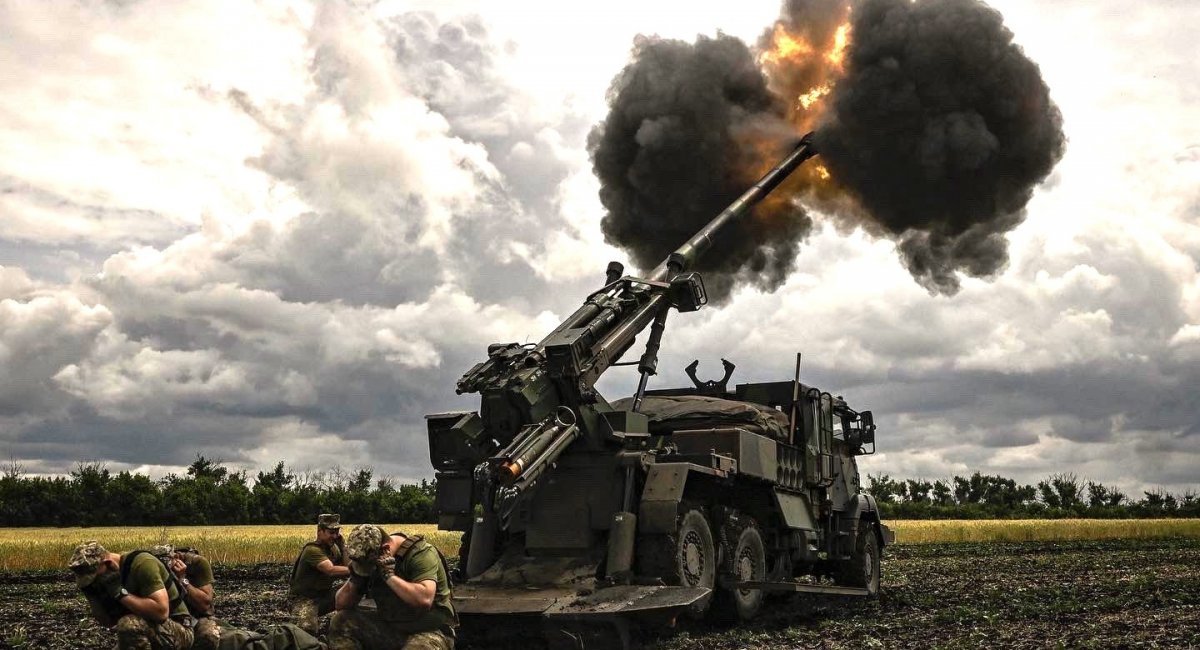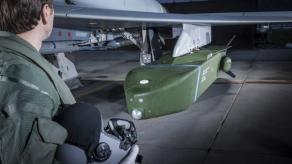According to the Defense News, speaking at the Heritage Foundation Thursday, David Johnson, a retired colonel in the U.S. Army, described the fight on land as a war of attrition. In part, though, Russia’s war of attrition is against the will of the West to aid Ukraine, not just the will to fight against Ukraine’s armed forces, he noted.
“Putin’s supposition is ‘I will outlast them, and I will break their will,’” Johnson said. “‘And I’m also going to work on the West because winter is coming.’”
Read more: The US Congress Declares the Need to Transfer ATACMS to Ukraine: Democrats and Republicans Support the Decision
This type of war, he said, is something the modern U.S. military has not experienced. The U.S. should prepare for this kind of “shock to the system” as it faces rising threats, Johnson added.
“This is what real war looks like, and we haven’t seen it in so long, we’ve forgotten,” he said.

Despite much of their naval forces being depleted early on, Ukraine has managed to capitalize on Russian vulnerabilities, including the weaknesses of its ships against precision missiles and Moscow being boxed out of the Black Sea.
Bryan Clark, a senior fellow at the Hudson Institute, said at the same event last week precision missiles shot from land have delivered some of Russia’s most visible blows in the conflict, including the sinking of the Moskva, the flagship of Russia’s Black Sea Fleet.
“Ukraine really hasn’t been able to do much at sea, but what they have been able to do ... is leverage their anti-ship weapons that are launched from shore to be able to hold off the Russian navy,” Clark said.
The sinking of the Moskva, he said, makes clear “it just takes one missile to get through” to a warship that will leave it “at least out of action and potentially out completely.”
Russia’s naval strategy has also stalled due to the geopolitics of the Bosporus Strait, the one waterway leading out of the Black Sea. Turkey, who controls the strait, closed it off to all warships in March, making it impossible to switch out any damaged warships in the blockade.
“The biggest challenge we are facing today worldwide is the food shortages that are resulting from the Russian blockade of Odessa,” Clark said. “In a lot of ways, the naval fight is the one that is the most consequential for the rest of the world.”
While many consider Russia to have the second most powerful air force in the world, Russia’s inability to achieve air superiority throughout the conflict has cast doubts on Moscow’s projection of air power.
Rebecca Grant, president of IRIS Independent Research, said during the panel Russian pilots commonly take off, only to reach altitude, launch a missile into Ukraine and then immediately go back to the airfield. That kind of performance, she said, makes her doubt previous perceptions of Russian airpower.

“Russia’s performance in the air has been terrible,” Grant said. “Turns out, really, they were just sort of a continental air force. They don’t like to fly at night. They don’t like to fly very far into Ukraine.”
Another area of underperformance, Grant said, has been joint military campaigns among branches of Russia’s armed forces. She pointed to a poorly coordinated offensive during the airborne assault on Hostomel Airport outside of Kyiv in the opening days of the invasion, where Russian troops were pushed back and eventually ended their planned siege on Ukraine’s capital.
“How did we happen to overestimate the abilities of the Russian air force and most of all their abilities to work in ... a combined armed or joint campaign?” Grant said. “It has been a surprise the lack of the level of integration.”
Read more: Biden Allocates Additional $550 Million in Military Aid to Ukraine














